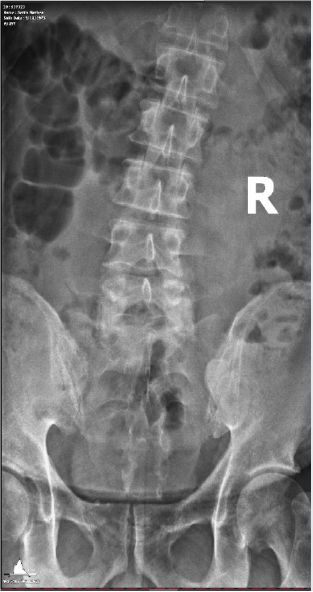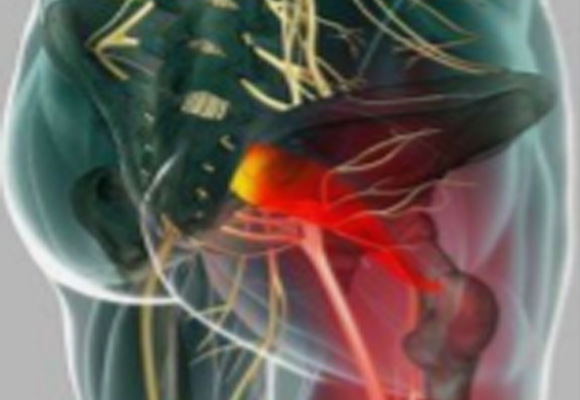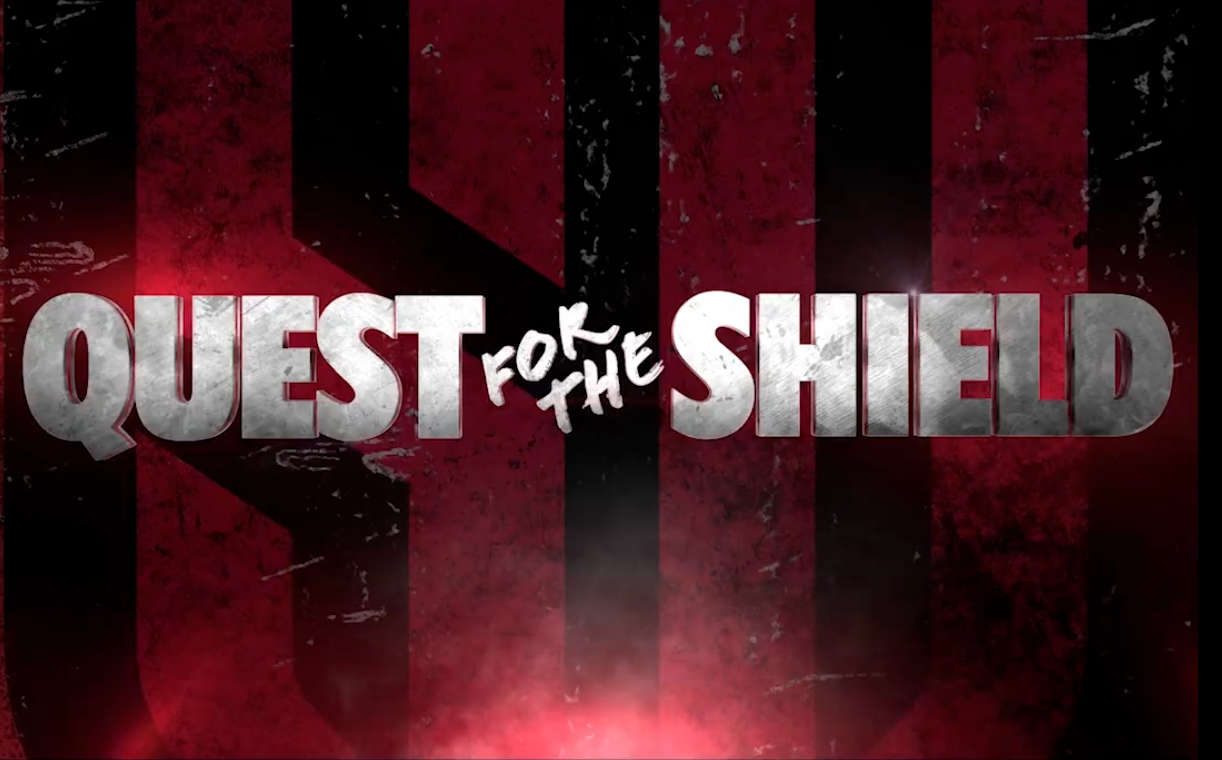Anthony Salmon, DC

Boney anatomy of the low back includes the sacrum, hips and 5 lumbar vertebrae. The sacrum is a large wedge-shaped vertebra at the inferior end of the spine. It forms the solid base of the spinal column where it intersects with the hip bones to form the pelvis. The joint is comprised of the sacrum and either hip is termed the SI joint or Sacro-iliac joint, and often the site of lower back pain.
Anatomically, the SI joint is surrounded by over 40 muscles. The main muscle groups that affect the SI joint are those that support normal movement or gait such as the back, hip, buttock, thigh and core abdominal muscles.
The lumbar vertebrae are some of the largest and heaviest vertebrae in the spine, second in size only to the sacrum. A cylinder of bone known as the vertebral body makes up most of the lumbar vertebrae’s mass and bears most of the body’s weight.
The lumbar vertebrae and sacrum form an arch. The arch is an integral part of strength and stability in the lower back. The vertebral foramen is a large, triangular opening in the center of the vertebra that provides space for the spinal cord, cauda equina, and meninges as they pass through the lower back.

 Spinal misalignments or vertebral subluxation can occur in two categories, acute (recent) or chronic (long term). Causes of acute and chronic spinal misalignments can be from forces moving the spine away from its normal structure, such as auto accidents, sports injuries, falls, long periods of time in improper seating, standing or sleeping postures.
Spinal misalignments or vertebral subluxation can occur in two categories, acute (recent) or chronic (long term). Causes of acute and chronic spinal misalignments can be from forces moving the spine away from its normal structure, such as auto accidents, sports injuries, falls, long periods of time in improper seating, standing or sleeping postures.
Untreated traumatic accidents are typical causes of long-term conditions. Acute symptoms can be long term misalignments that have finally reached the point of pain, or the “straw that broke the camel’s back”.
In these cases, even simple movements such as picking up a pencil from the floor can trigger severe low back pain. The degree of severity in spinal misalignment varies greatly from occasional pain to severe debilitating pain, that radiates down part of or the entire leg and foot.
Radiation of pain from the spinal misalignments is understood by viewing the structure of the spine and the large nerves such as the sciatic nerve, which are derived from spinal nerves L4 to S3. Patients suffering from ‘sciatic pain’ can often feel pain to specific parts of the lower limbs that relate directly from the spinal level such as 5th lumbar, bottom of the foot, toes 1-3, or Sacrum nerve root 1, toes 4 and 5, and the outside part of the ankle bone (lateral malleolus).

Confirmation and diagnosis of spinal misalignment are usually derived from history, range of motion, specific orthopedic and/or chiropractic tests, and x-rays.
Causes of lower back pain can be true spinal misalignment causing mechanical pressure or “pinch” of nerve or a vertebral tilting causing a disc bulging or protrusion both of which cause inflammation and muscle guarding or spasm all of which are usually and successfully treated with chiropractic adjustment.
Other causes of low back pain can be severe disc bulging or disc herniation both of which are beyond chiropractic care and fall into orthopedic specialist care. Chiropractic care is highly successful in resolving low back pain and can make improvements in a handful of treatments, however, making long term permanent changes can take significantly longer and require active participation in care outside the office such as stretches and postural corrections in the workplace, and while sleeping.
Case example
45-year-old male Federal Express deliverer who came to our office with severe lower back pain. He has a history of occasional lower back pain from a rear end collision in 2014 and although was seen in ER and received no care for symptoms at that time.
He relayed slight low back spasms the morning prior to visiting our office but woke up with severe low back pain with a radiation of pain to right gluteal muscle. Severe spasm of the lumbar region was noted as well as swelling of the right sacral-iliac joint.
X-rays were performed and a significant right tilting of the 4th lumbar vertebra was noted. Ice was applied to the low back and right hip in addition to a very light mobilization of the 4th and 5th vertebra was performed. The patient was advised to follow a course of icing at home with complete rest.
The patient returned to our office the following morning without the use of crutches and relayed a 50% reduction in symptoms. A series of stretches to the lower back and hip musculature was performed with a specific adjustment of the 4th vertebrae to mobilize and realign the spine to its proper anatomical position. Following treatment, the patient was able to walk without pain and asked if he could return to work the next day.




